From time to time I’ll recommend—not review, mind you, but recommend, and yes, there is a difference—books that I think authors should have on their shelves. Some may be new and still in print, some may be difficult to find, but all will be, at least in my humble opinion, essential texts for any author, so worth looking for.
We’ve finished reading Steering the Craft by Ursula K. Le Guin for our September group read at the Fantasy Author’s Handbook GoodReads group, and I studiously worked through it. This book is an absolute must read, especially for anyone just beginning their writing journey!

In Chapter 3: Sentence Length and Complex Syntax, Ms. Le Guin defines for us…
In a narrative, the chief duty of a sentence is to lead to the next sentence.
Here’s a “couldn’t have said it better myself” moment—one of many on offer in this book:
Good grammar is pretty much like good engineering: the machine works because the parts do.
…and…
…there’s one best way for the parts of a sentence to fit together, and your job as a writer is to find it.
And of course it’s true that the whole is greater than the sum of its parts:
I think it’s fair to say that though every sentence should move with grace, the proper beauty and power of prose is in the work as a whole.
Likewise…
There is no optimum sentence length. The optimum is variety. The length of a sentence in good prose is established by contrast and interplay with the sentences around it—and by what it says and does.
And you know I continued to work through the exercises.
EXERCISE 3: Short and Long
Here we’re tasked with writing a bit of narrative made up of short sentences…
That’s not it. It looks like it. It’s the same model. It seems to be the right year. It’s within the range of years, anyway. You might pass it off. I wouldn’t try. Think about who’d wanna buy it. Not the types to fuck around with.
Then one very long sentence. Mine ended up at 191 words…
It wasn’t all black, just mostly black; the skin a darker black than the patches of wiry fur with all the mud caked in it, dropping off in clumps and mixing with a sort of thick mucous or something like mucous that covered it more or less head to toe, which itself was watered down by the gray saliva all but pouring from its mouth, if that’s what the hole was, that almost perfect circle that took up all of its face, squeezing out the space for eyes it probably didn’t need, couldn’t use tunnelling through the ground, and the mouth was lined with little vile yellow triangles that weren’t teeth nor were they fangs but like the teeth on a wood saw running all the way around it so there was no sense it had a jaw like a man might have, or any other beast that hadn’t been dashed together in some impossible otherworld then thrust out through a gap between there and here and then into the ground where it moved and dug and lived and ate and, apparently, sometimes came up out of to hunt little girls.
I’m just going to keep going with this. Seriously, y’all, buy this book and work through it. You will not be sorry!
—Philip Athans
Join our group on GoodReads!
Fantasy Author’s Handbook is also on YouTube!
Did this post make you want to Buy Me A Coffee…
Send me a book from my Amazon Wishlist?
Join me on Bluesky…
Get into other stuff at Substack…
Link up with me on LinkedIn…
Find me at PublishersMarketplace…
Check out my eBay store…
Or contact me for editing, coaching, ghostwriting, and more at Athans & Associates Creative Consulting or Reedsy?
As an Amazon Associate I earn from qualifying purchases.
Absolutely not one word of this post was in any way generated by any version of an “AI” or Large Language Model, and no permission is granted for the use of any of the contents of this blog in the training of AI, LLM, or other generative systems.

Science fiction and fantasy is one of the most challenging—and rewarding!—genres in the bookstore. But with best selling author and editor Philip Athans at your side, you’ll create worlds that draw your readers in—and keep them reading—with

 6 days ago
2
6 days ago
2
.jpeg)










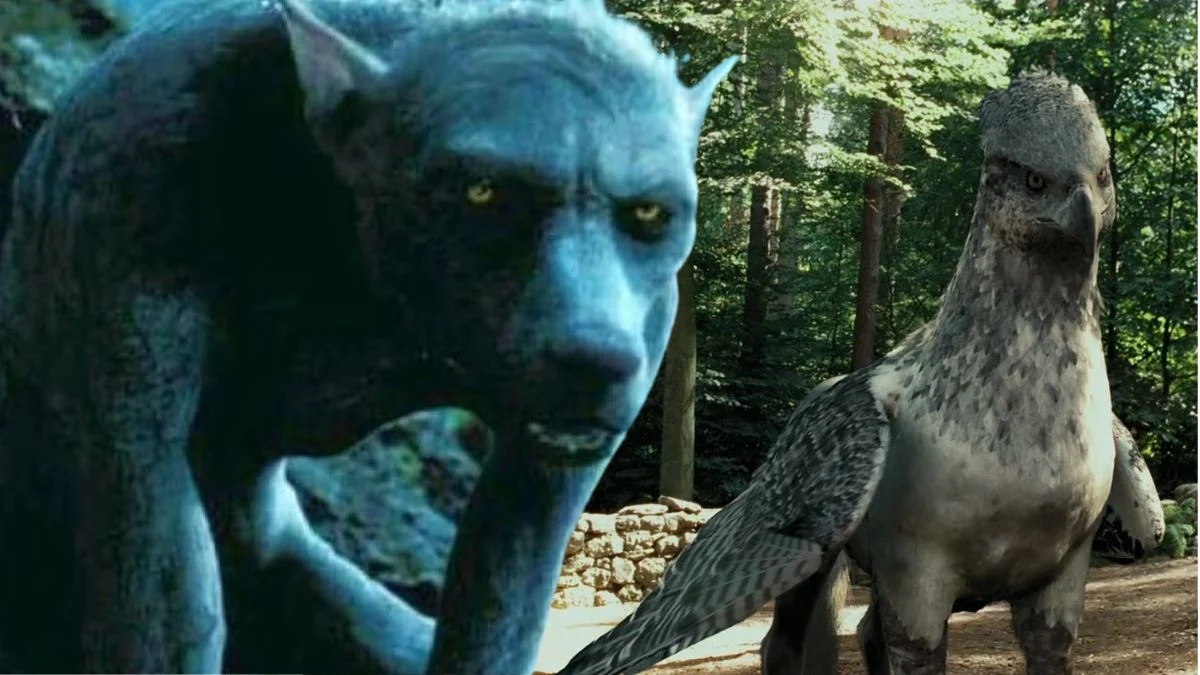
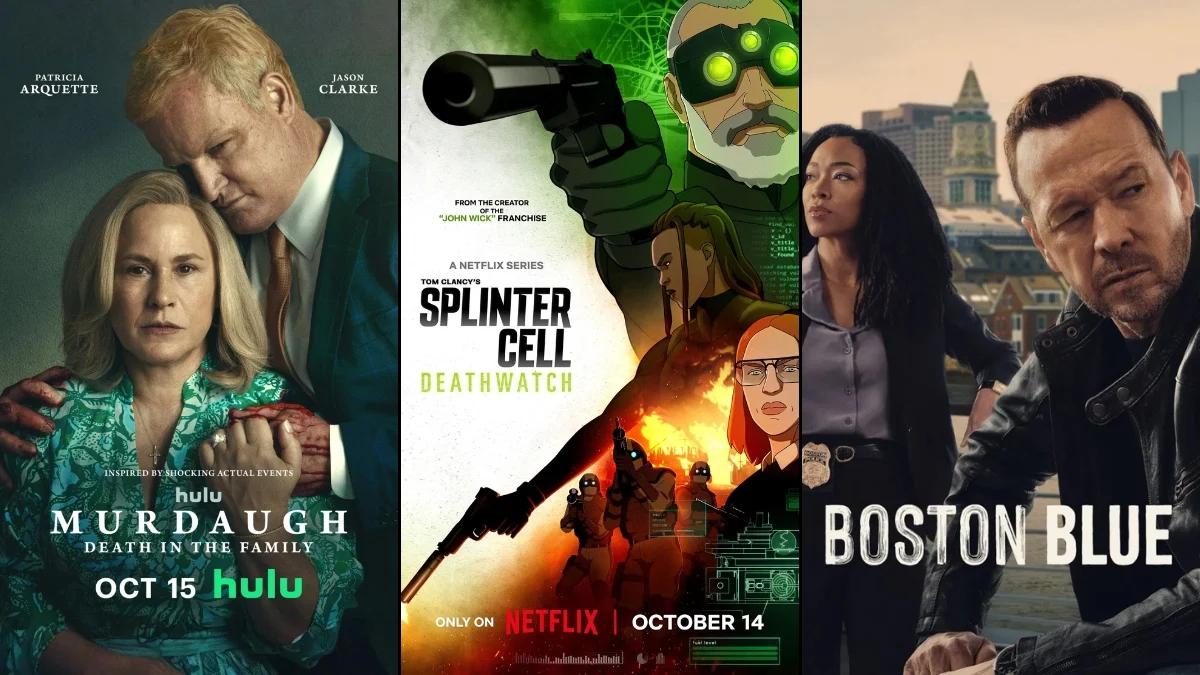

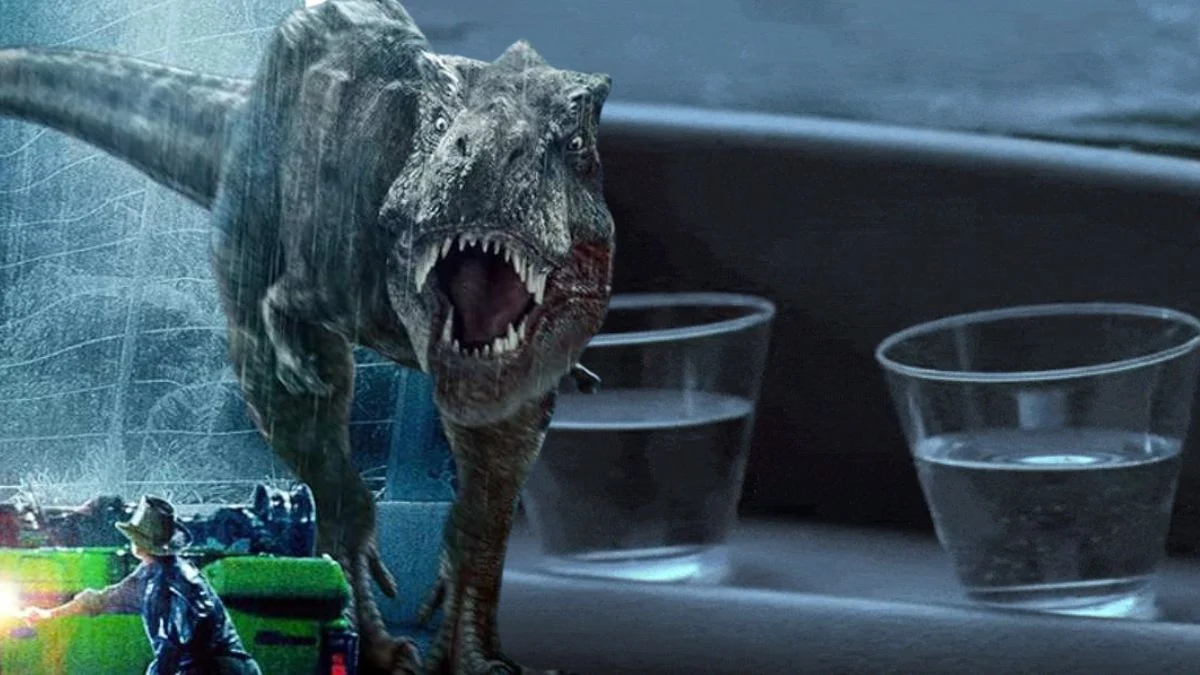

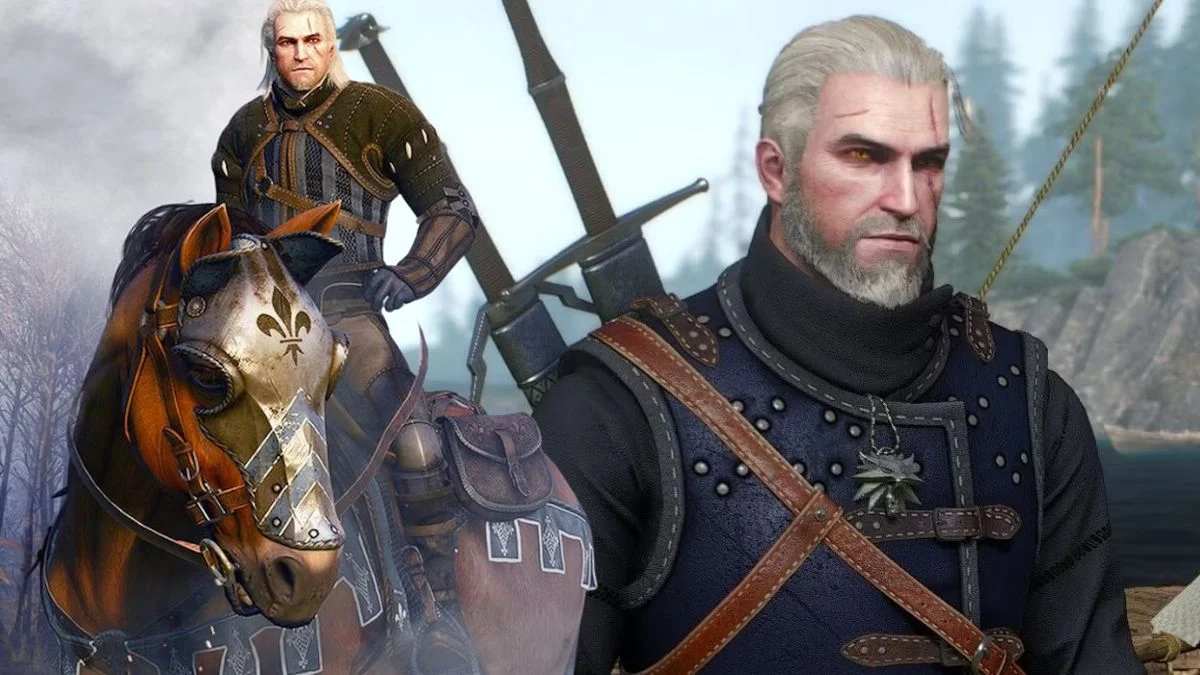
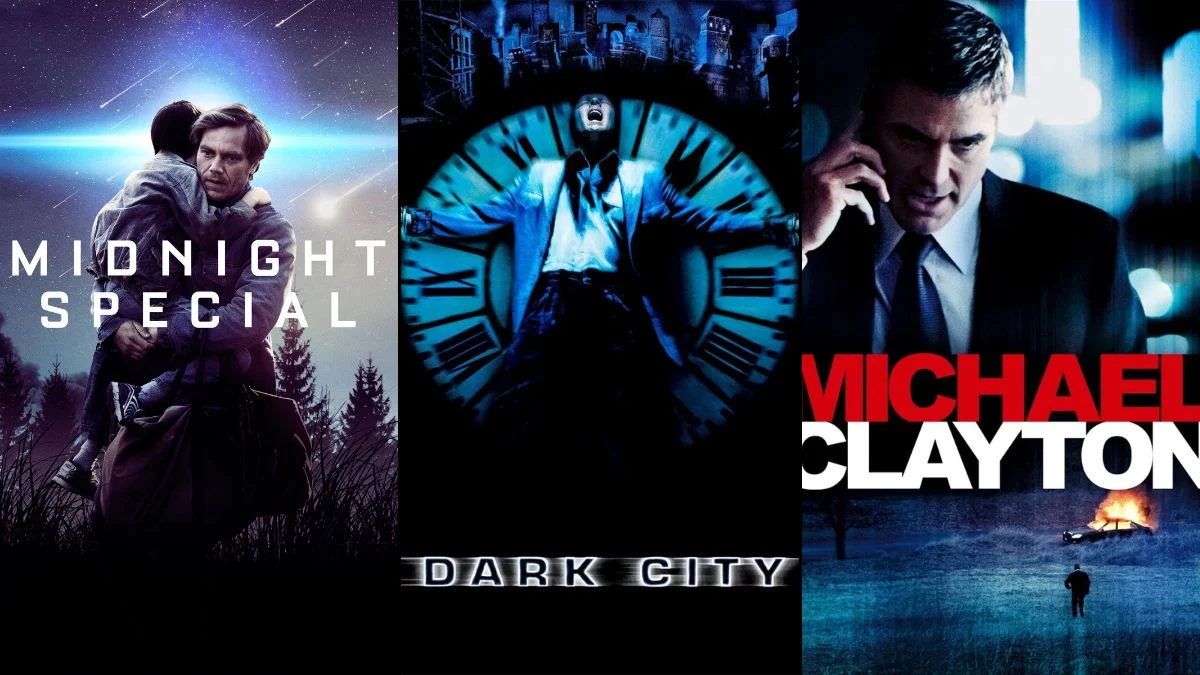
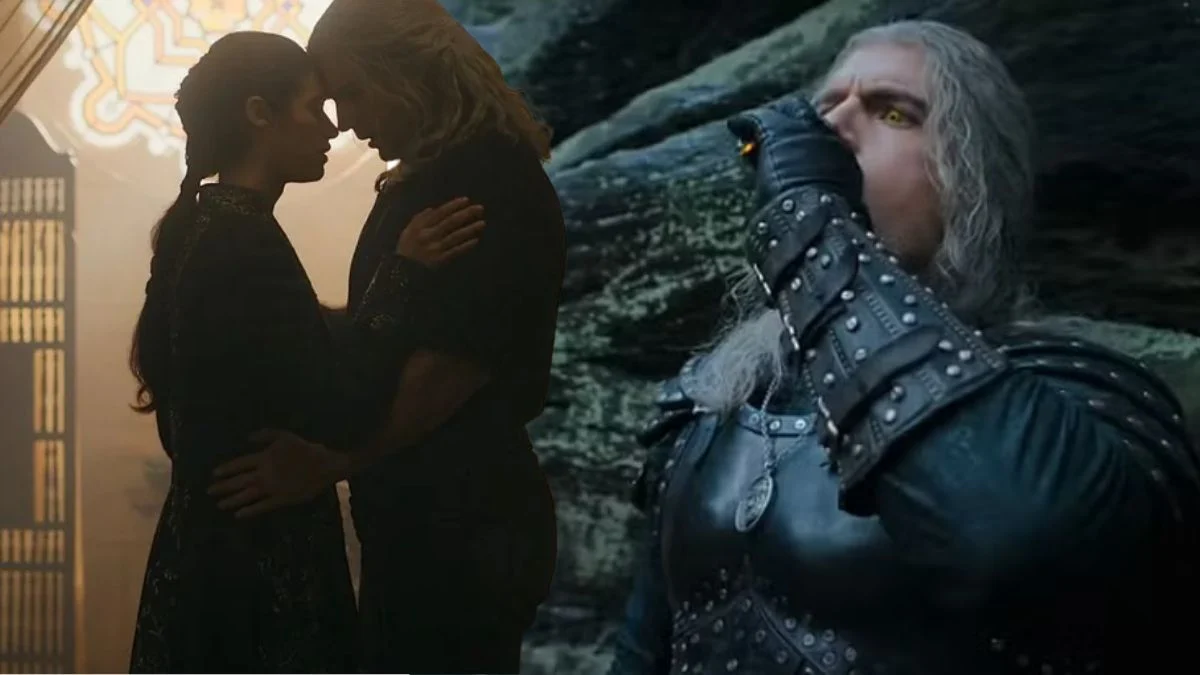



.jpeg)













 English (US) ·
English (US) ·